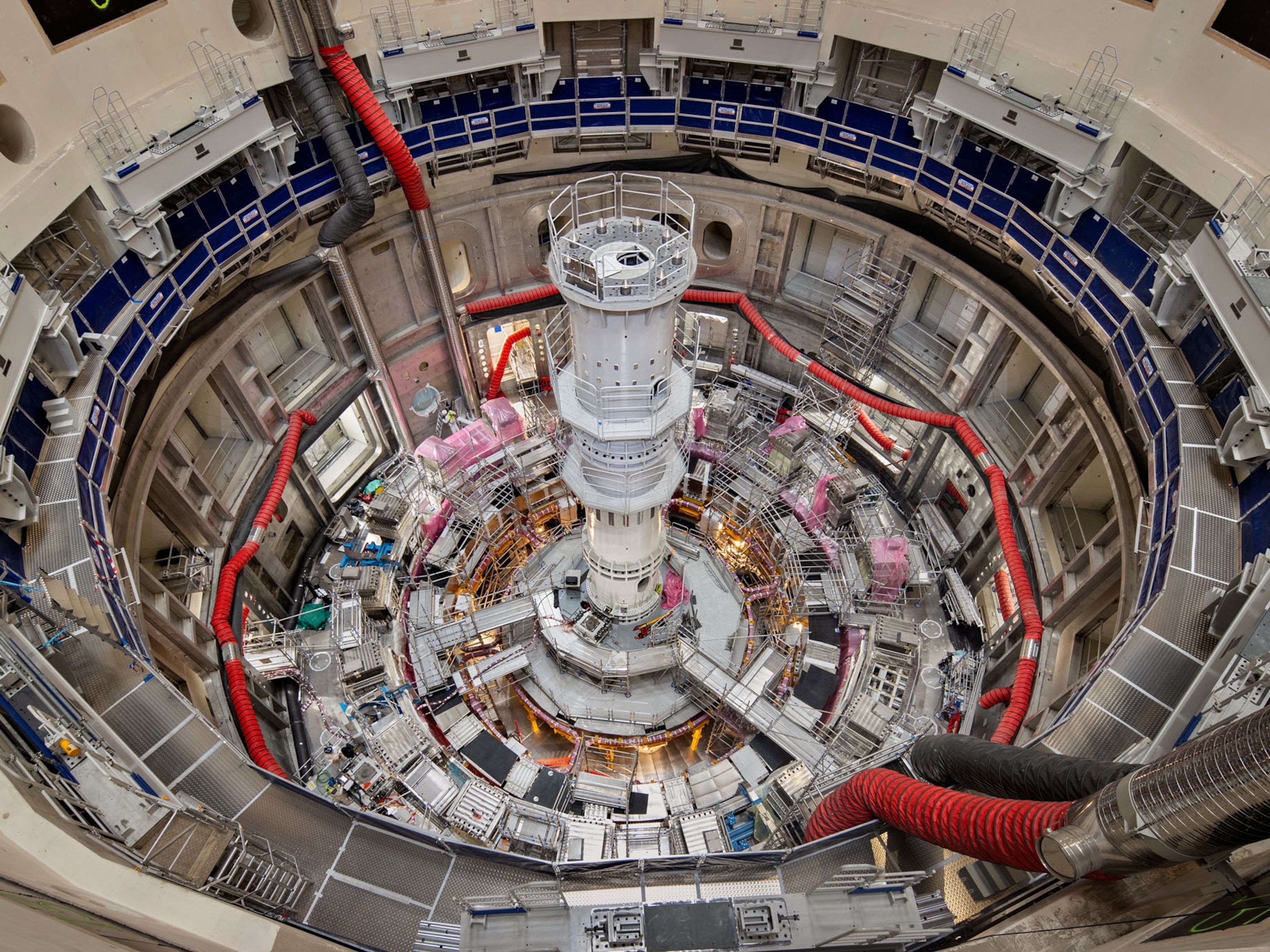These 13 U.S. States Saw Carbon Pollution Go Up Over a Decade
As a new UN climate accord nears, countries are pushing to cut carbon emissions. Yet in parts of the U.S., the opposite is happening.
Some U.S. states, such as Maine, are already well on their way to meeting new federal targets aimed at curbing emissions of carbon dioxide. But 13 states have been moving in the opposite direction.
While levels of the heat-trapping greenhouse gas went down in 37 states and the District of Columbia between 2000 and 2013, they actually increased in 13 states, according to figures recently released by the Energy Information Administration.
Nebraska saw the biggest rise: Carbon emissions jumped 28 percent, mostly because of higher coal use for electricity and industry. Maine, which gets three fifths of its power from renewable sources such as hydropower and biomass, saw the biggest drop: 27 percent.
Not surprisingly, all but one of those 13 states have joined lawsuits to stop the Obama administration's Clean Power Plan, which sets state emission targets to cut carbon pollution from power plants by 32 percent from 2005 levels. The rules, a key piece of the U.S. commitment to address climate change ahead of UN-led talks later this year in Paris, encourage greater use of natural gas and renewable energy, drawing opposition from states that rely heavily on coal for electricity generation.
The trend lines in EIA's data, above, show that the carbon reductions aren't assured going forward. Economic growth has pushed emissions back up slightly in recent years, an uptick visible across the board. (See a chart that explores the uptick through 2014.)
The ranking of biggest emitters shifts when the per-capita numbers come into play. Wyoming has the lowest population density in the lower 48, according to EIA. That and the fuel needed to get through its cold winters give it the highest emissions per person.
By contrast, New York—which has so many people centered in New York City with mass transit and an economy based on non-carbon-intensive activity such as financial markets—has the lowest per-capita figure in the country, next to Washington, D.C.





